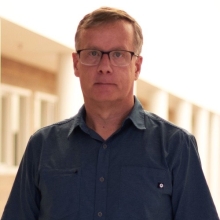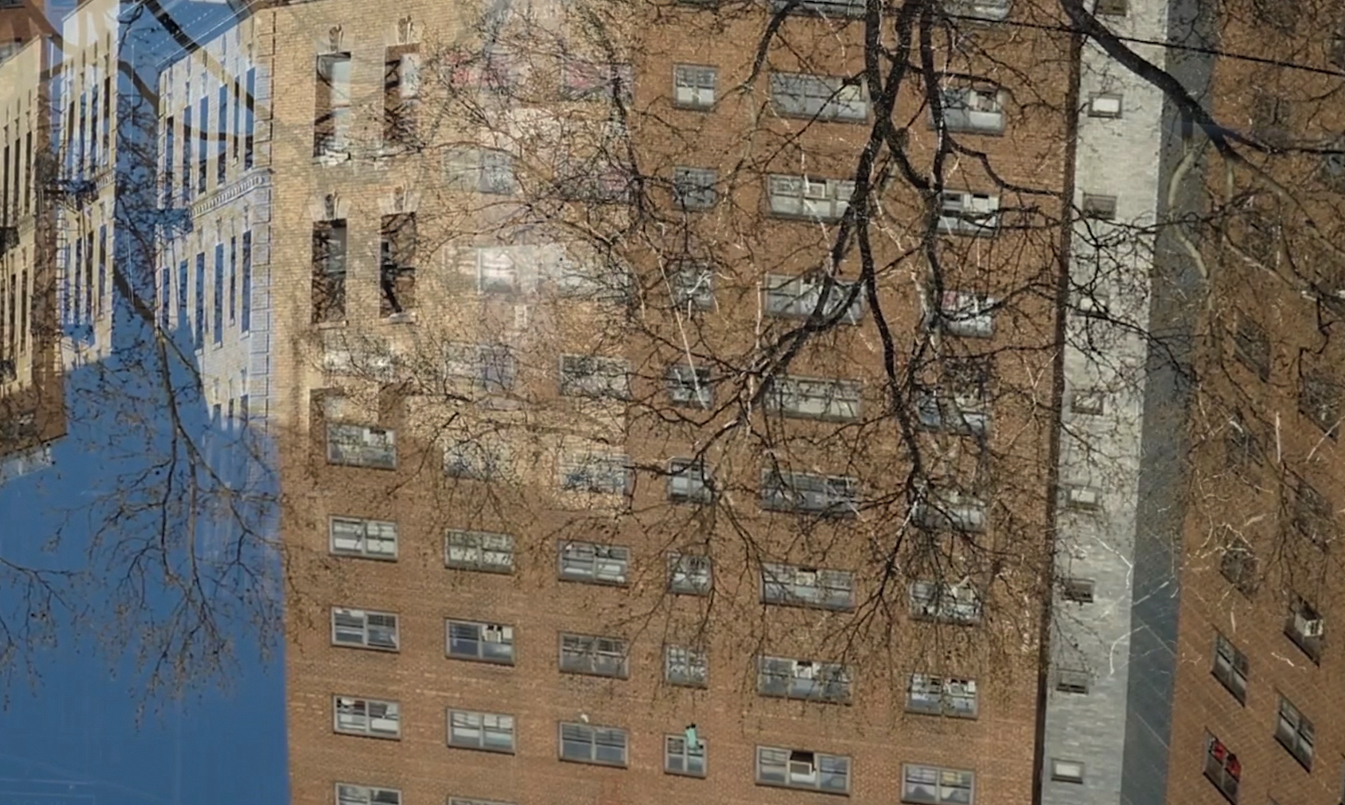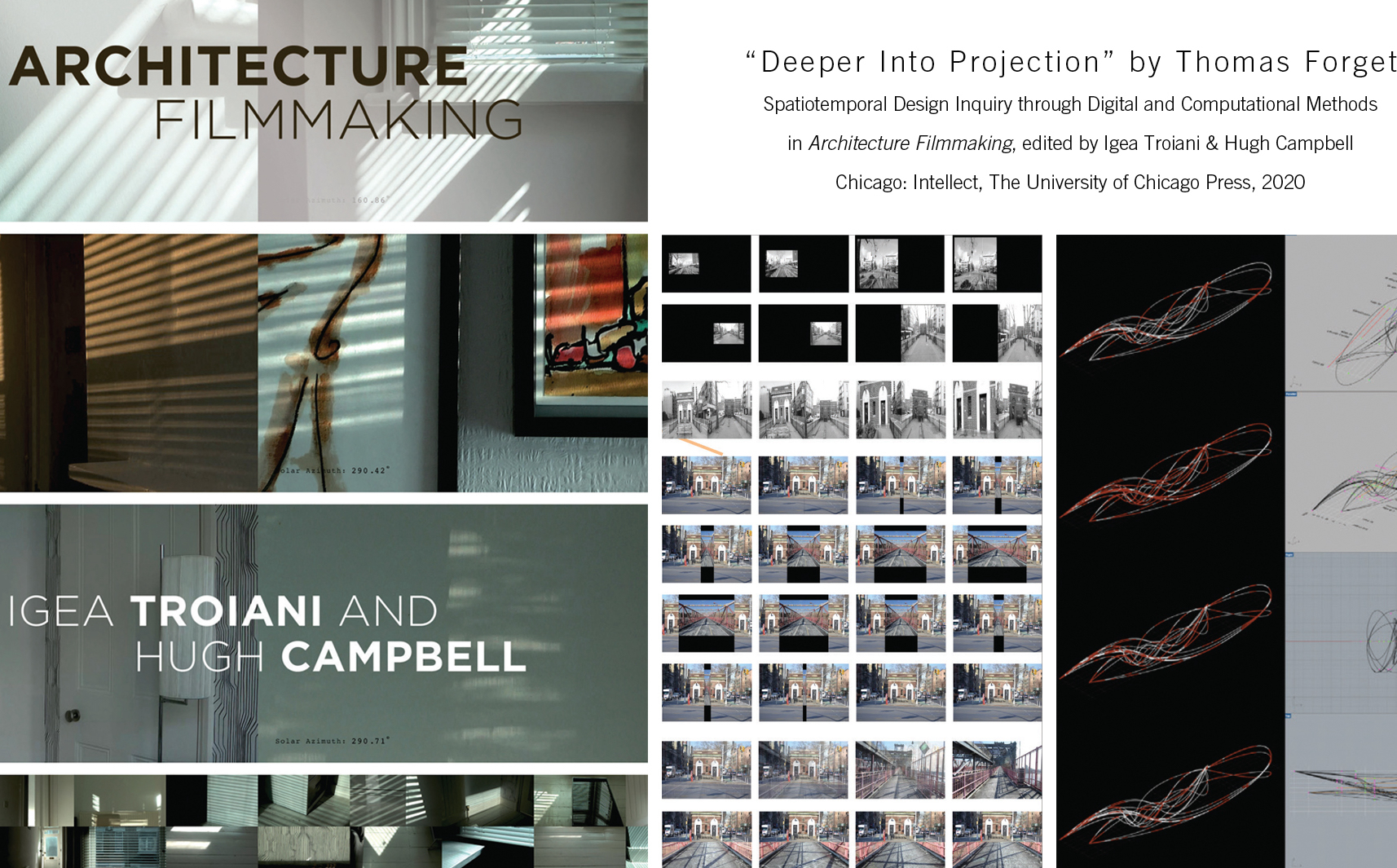
Faculty Research Connections Profile
My creative practice (Ciotat Studio) is based in New York City and consists primarily of architectural design and media production: single-family houses that include quasi-public event spaces; videos that analyze the city through experimental methods of abstraction; media installations embedded into urban spaces; and critical essays on the built environment in multimedia and written formats. My primary teaching focus is foundation-level pedagogy. A recent and ongoing curricular initiative involves the integration of line drawing, video-making, and writing within an undergraduate first-year design laboratory, which strives to prepare students for the rigors of contemporary practice by privileging habits of knowledge-building over rote skill-learning. My research seminars focus on topics relating to the city, in particular public space, media, and their overlap: public transportation; housing; vernacular fabrics; media depictions of the city; and venues of media consumption. Stemming from my book, The Construction of Drawings and Movies (Routledge, 2013), analytical geometry and the historical reciprocity between cinema and the modern city are special interests that steer both my creative work and my teaching.
Explore HIS recent work
"Off the Map": The New York City Subway is unusually fertile ground for transportation intelligence. Forget's publication is a provocation on urban mobility in the Information Age, a speculative reimagination of the Subway that considers a scenario in which, through the adoption of an advance mode of ICT, the Subway leverages the flexibility of its track network so as to forge a new logic of rapid transit.
Read more →
"Linear City I": This video is an essay on the grid of New York City, and it is part of a video essay series on different aspects of the city (another submission to this award addresses the Subway). The objective of the series to confront the socio-spatial qualities of the city: how architecture, urban design, and infrastructure interact with the social fabric. The quasifictional format is a dialogue between a narrator and a subtitled questioner. Methods are inspired by the traditions of experimental film.
Read more →
"The Construction of Drawings and Movies": The architectural imagery that you create is most effective when it examines your project in an abstract manner. Most students and practitioners understand linear perspective and cinema to be examples of architectural presentation tools. This book asks you to consider drawings and movies to be analytical tools that give you the capacity to engage all phases of the design process, from parti to presentation.
Read more →


